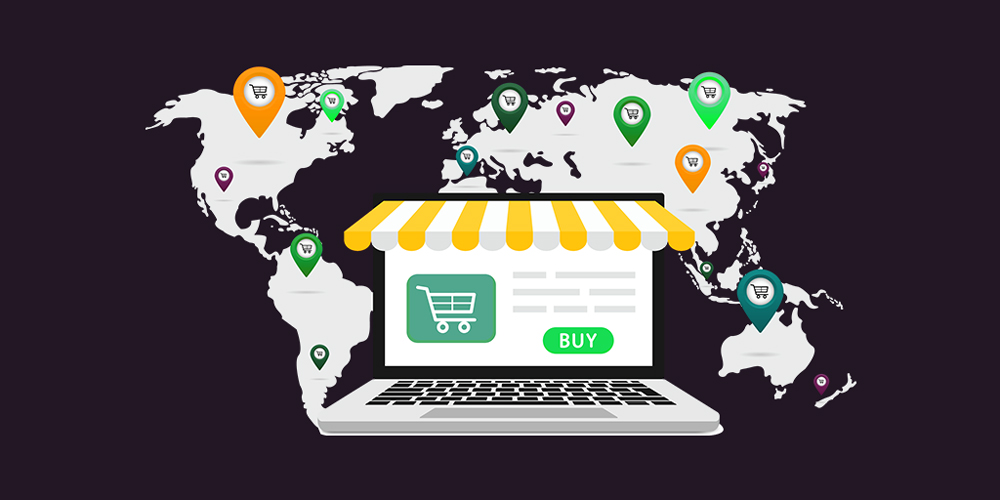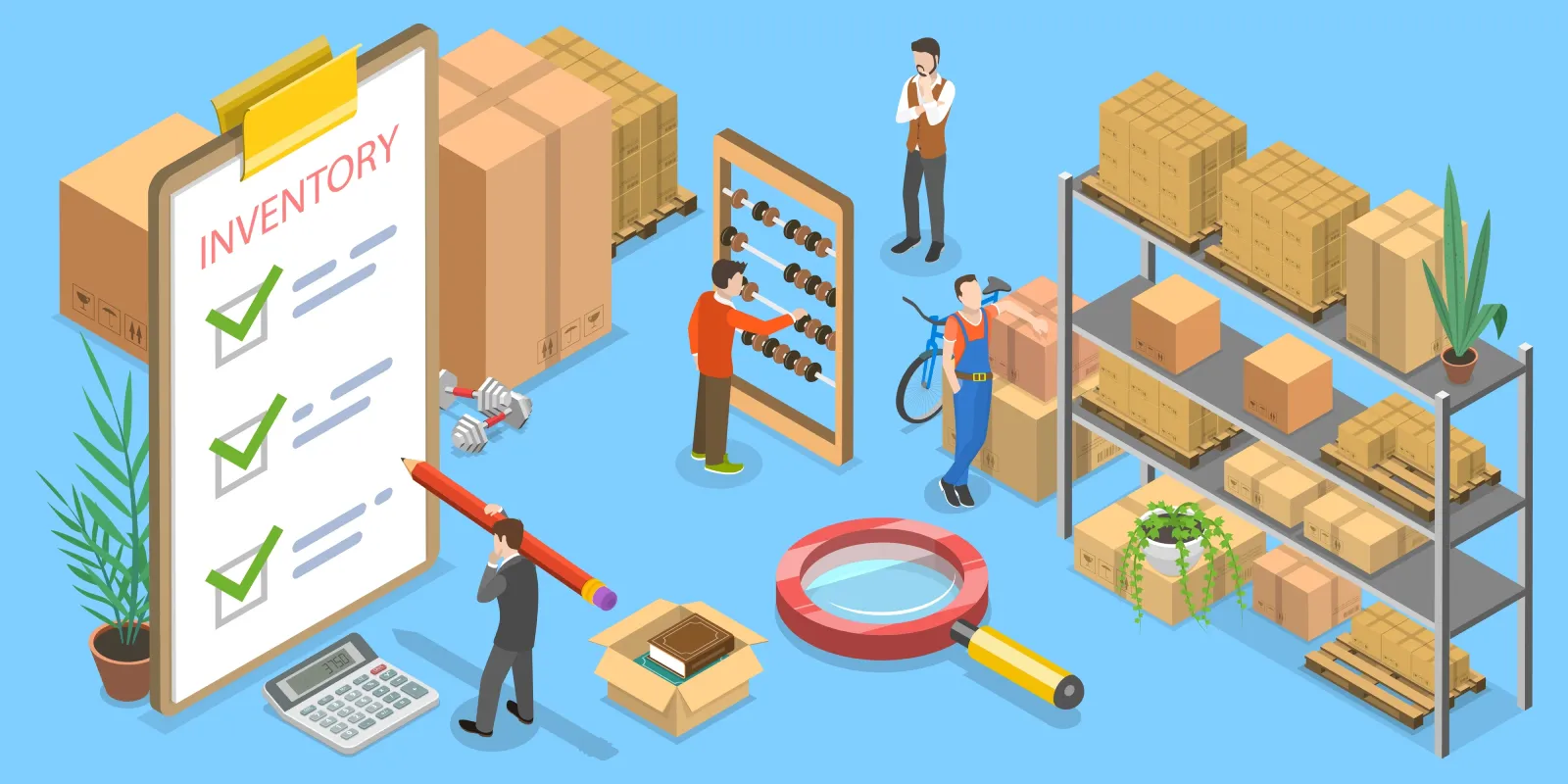Track Multiple Carriers in One View – No More Spreadsheet Chaos
Managing international shipments can be overwhelming, especially when you’re dealing with multiple carriers. Switching between spreadsheets, emails, and tracking links can lead to confusion. The solution? Track all your shipments in one place! In this article, we’ll show you how to streamline your process, eliminate tracking chaos, and optimize your shipment management.
For businesses and individuals handling frequent international shipments, using a unified tracking system will save time and reduce errors. Visit Colis postal to simplify your international shipment tracking.

Why Is Tracking Multiple Carriers Important?
1. The Challenges of Managing Multiple Shipments
Managing multiple envois internationaux can be difficult, especially when you’re using various carriers. Each carrier has its own tracking system and format, which means you need to check different platforms to get updates on your shipments. This creates confusion, delays, and sometimes missed deliveries.
- Multiple Platforms: You may have to visit different websites or log into several carrier portals to check the status of your orders.
- Errors and Mistakes: Manually updating tracking numbers in spreadsheets often leads to errors, such as outdated information or misplaced shipments.
- Wasted Time: With numerous carriers involved in a single shipment, you end up wasting time logging into multiple systems, copying and pasting data, and searching for tracking updates.
Tracking all your shipments using a single platform that integrates multiple carriers eliminates these issues. But how does it work?
2. How Can You Track Multiple Carriers in One View?
With advancements in shipment tracking technology, you no longer need to manually track packages on multiple websites. Today, you can consolidate all your international shipment data into one system. This centralizes tracking information, making it more accessible and less prone to error.
- Tableau de bord centralisé: A unified dashboard allows you to input tracking numbers from various carriers and display them all in one place. This feature streamlines the process of tracking shipments.

- Mises à jour en temps réel: You’ll get updates for all your shipments in real-time, making it easier to stay on top of delivery schedules.
- Notifications automatisées: You can receive alerts about shipment statuses, delays, or any issues directly in your inbox or app notifications, ensuring that you never miss an update.
By adopting a centralized tracking system, businesses can eliminate the need for separate tracking tools, reduce errors, and improve workflow efficiency.
How to Integrate Multiple Carriers for Seamless International Shipment Tracking
Now that we know the benefits of tracking plusieurs transporteurs, the next question is: How can you integrate different carriers into a single system?
1. Use a Unified Shipment Tracking Platform
The best way to track multiple carriers is through an integrated shipment tracking platform. These platforms are designed to handle tracking information from different shipping providers, allowing you to monitor your international shipments in one view.
- Compatibilité avec les opérateurs: Make sure the platform supports all major international carriers, such as DHL, UPS, FedEx, and national postal services.
- Multiple Tracking Numbers: You can add multiple tracking numbers for each shipment, regardless of the carrier. The system will retrieve updates for all carriers in one unified view.
- Easy Data Import: Many platforms allow you to import tracking numbers in bulk from spreadsheets or other sources, saving you time on manual entry.
2. Benefits of Tracking International Shipments in One System

Tracking international shipments through one platform offers several key advantages:
- Centralized Tracking: All your shipments, no matter the carrier, can be accessed in a single location.
- Efficacité: You no longer have to switch between multiple tracking systems, saving time and reducing human error.
- Amélioration de la précision: A consolidated platform automatically pulls the most recent shipment data, ensuring that you have up-to-date information.
- Rentabilité: By managing all your shipments through one system, you can save costs associated with multiple subscription services or manual tracking methods.
With one unified platform, businesses can track shipments quickly, improve their logistics, and provide better customer service.
3. Track Shipments Across Borders with Real-Time Updates
International shipments often come with additional complexities, such as les retards douaniers, border control, and multiple checkpoints. Real-time tracking for international shipments is essential to stay informed about where your package is and when it’s expected to arrive.
- Mises à jour en temps réel: With integrated tracking, you get up-to-the-minute updates on your shipments, including any customs delays or re-routing events.
- Automatic Syncing: Your shipment tracking data automatically syncs with all carriers, ensuring that the status is always current.
- Multilingual Support: Some platforms provide multilingual support, which is particularly helpful when dealing with international carriers and shipping partners.
This feature is especially valuable for e-commerce businesses, freight forwarders, and individuals who need to keep a close eye on time-sensitive deliveries.
Best Practices for Managing Multiple International Shipments
1. Organize Your Shipments in Categories
Efficient shipment management involves organizing your shipments into categories. Whether you’re shipping multiple items for the same client or managing several product lines, categorization makes tracking easier.
- Use tags: Platforms like Postalparcel allow you to tag shipments based on the destination, priority, or product type.
- Track by carrier: You can categorize your shipments by carrier to help monitor those that may have more complex delivery timelines.
2. Automate Shipment Notifications

Instead of manually checking each shipment’s progress, set up automated notifications for delivery updates. This will notify you instantly if there are any issues with a shipment, such as delays or changes in status.
- Set delivery alerts: Automated alerts can keep you informed about when a shipment reaches a specific milestone, such as customs clearance or out for delivery.
- Notify clients or customers: If you’re managing shipments for customers, automated updates help keep them informed about their order’s progress.
3. Use Analytics to Improve Your Shipping Process
Tracking multiple carriers in one view can also provide valuable data insights into your shipping patterns. Analytics can help you identify trends and optimize your international shipping strategy.
- Délais de livraison: By reviewing shipping durations, you can identify which carriers are most reliable and align with your business needs.
- Frais d'expédition: Compare carrier costs and evaluate if switching to a different provider would save you money while maintaining reliability.
- Customer feedback: Use delivery data to improve customer satisfaction by selecting the most efficient shipping methods.
Conclusion: Streamline Your International Shipment Tracking
Tracking multiple carriers in one view simplifies international shipments. With an integrated platform like Colis postal, you can manage your shipments efficiently, eliminate spreadsheet chaos, and stay organized.
A unified system saves time, reduces errors, and provides real-time updates. Invest in centralized tracking for better logistics management and a smoother customer experience. Explore Colis postal today to streamline your shipment tracking.
Aperçu de l'industrie
nouvelles via la boîte de réception
Nulla turp dis cursus. Integer liberos euismod pretium faucibua







